Inside the Show Inside the Show Inside the Show
“Behind the scenes is the most enlightened place to be.”
I’m a firm believer in that statement. From way back in my early years as a sound engineer to my current HIT-related years, that message has been repeatedly driven home, over and over and over. Lemme ‘splain…
Back when rock was king and no one trusted anyone over 30, I started learning how to do audio mixing – after a short stint as a regular roadie – working weekends, starting when I was just 13. (Geez…I’m into my fifth decade paying into Social Security … really?!) In smoky bars where it was a slow night if there wasn’t a brawl or knife fight through coliseums, college shows, and Carnegie Hall, I watched and worked with all sorts of musical acts, always seeing the show from the inside.
From the blank slate of an empty hall through set-up, through show time, through tear-down – the evolution/devolution of the show was always more fascinating to me than the actual show. For instance — and not to burst anyone’s star-struck bubble — most celebrities aren’t really that cool off-stage. But, even this revelation was far more interesting to me than any performance ever was. (OK, Randy Newman is like the nicest guy ever and B.B. King is so good, so fun to watch, but they’re more exception than rule.)
Move now into the current century and the realm of HIT. I’ve been lucky enough to be able to use some of those very same skills that I learned on the rock-n-roll road helping drive the creation and expansion of the Pediatric Office of the Future (POF) exhibit for the American Academy of Pediatrics (AAP) which is all about helping advance the understanding and use of superior tech for better healthcare delivery. I’m still recovering from this year’s event, which featured 31 mostly very generous sponsors in our 4,500 square foot exhibit. (Vendor tradeshow folks: imagine your exhibit headaches multiplied times 31.)
Our “show” runs inside of the much larger AAP exhibition hall “show” – a “show within a show.” As with most such academies – I’m sure – it’s challenging when trying to do outside-the-box stuff while following inside-the-box rules and regs. But, then, that’s what driving into the future is always about, right? Pushing boundaries, asking “Why not?”, figuring out how to make that new square peg actually fit the old, round hole. I can say with confidence that building our POF show inside the confines of the larger AAP show has been one of the greatest learning experiences and one of the most challenging chapters of my life.
Remember, we’re not an exhibit hall; we’re just another exhibit within the hall, except we had many different sponsors that we needed to organize into one harmonized space. And, our sponsors came in all sizes, from health industry giants to HIT start-ups. Adding to fun is the seemingly inbred bent within the world of HIT for smoke and mirrors!
As I’ve been the primary point of contact for all of these folks, I’ve also often been privy to what happens behind many of their “curtains.” Sometimes, it’s pretty; sometimes, not so much. Many little “shows” inside our “show inside the show.” And it doesn’t matter if they’re large or small; some can be just as dysfunctional in their early stages as others who have grown that way in their older, bureaucratic stages. On the other hand, some rookies “get it” right off and some powerhouses run like silk over satin.
Given the convention hall rules, the union crew rules, the AAP rules, the sponsors’ needs, the attendees’ needs, the mirrored smoke, and our own limited resources, we pulled off one heck of a show. It was good enough to get great buzz back from the upper AAP levels about our boundary-bending exhibit, an acknowledgement sometimes difficult to attain when you’re a bleeding edge pusher. And, most of our sponsors were happy – especially those that understand how hard it can be to bring “new” into people’s lives (or into academy confines!)
I always hope everything goes perfectly and that each generous sponsor and every attendee glows from their experience. For me, though, it isn’t the “Did it all work?” or the “Was everybody perfectly satisfied?” questions that matter so much. No show goes exactly how you plan it. There are always let-downs, learning points, and little lemons you can’t turn into lemonade. But, just as I learned as a road-ravaged, rock-n-roll sound man, you have to expect the unexpected, learn how to deal with all of the “fourth and forty” moments (crises, which happen in every show, that force you to “punt”), and figure out how to better the show for both “the talent” and the fans next time.
Being a part of the backstage drama is the best seat in the house, way better than the front row. You get to see all of the gory details that eventually produce what (hopefully) ends up looking like a well-rehearsed show. Knowing what makes it all tick, where the duct tape and staples are, what is smoke and what is mirrors, makes it so much more fascinating.
From the trenches…
PS: I recently discovered that there’s an ultra-secret board of directors pulling all of the healthcare information technology strings consisting of David Copperfield, Lance Burton, Criss Angel, David Blaine, and run, of course, by the sardonic Penn & Teller. (By the way, I’m pretty sure this is the same board covertly running all health insurance payors.)
“The little foolery that wise men have makes a great show.” – William Shakespeare

Dr. Gregg Alexander, a grunt in the trenches pediatrician at Madison Pediatrics, is Chief Medical Officer for Health Nuts Media, directs the Pediatric Office of the Future exhibit for the American Academy of Pediatrics, and sits on the board of directors of the Ohio Health Information Partnership (OHIP).

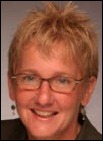
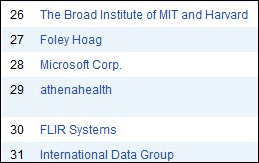
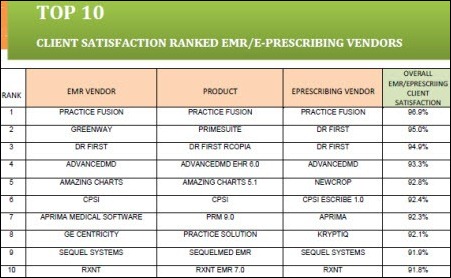

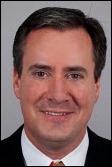




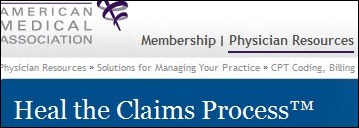



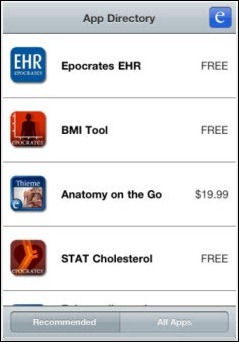





The article about Pediatric Associates in CA has a nugget with a potentially outsized impact: the implication that VFC vaccines…